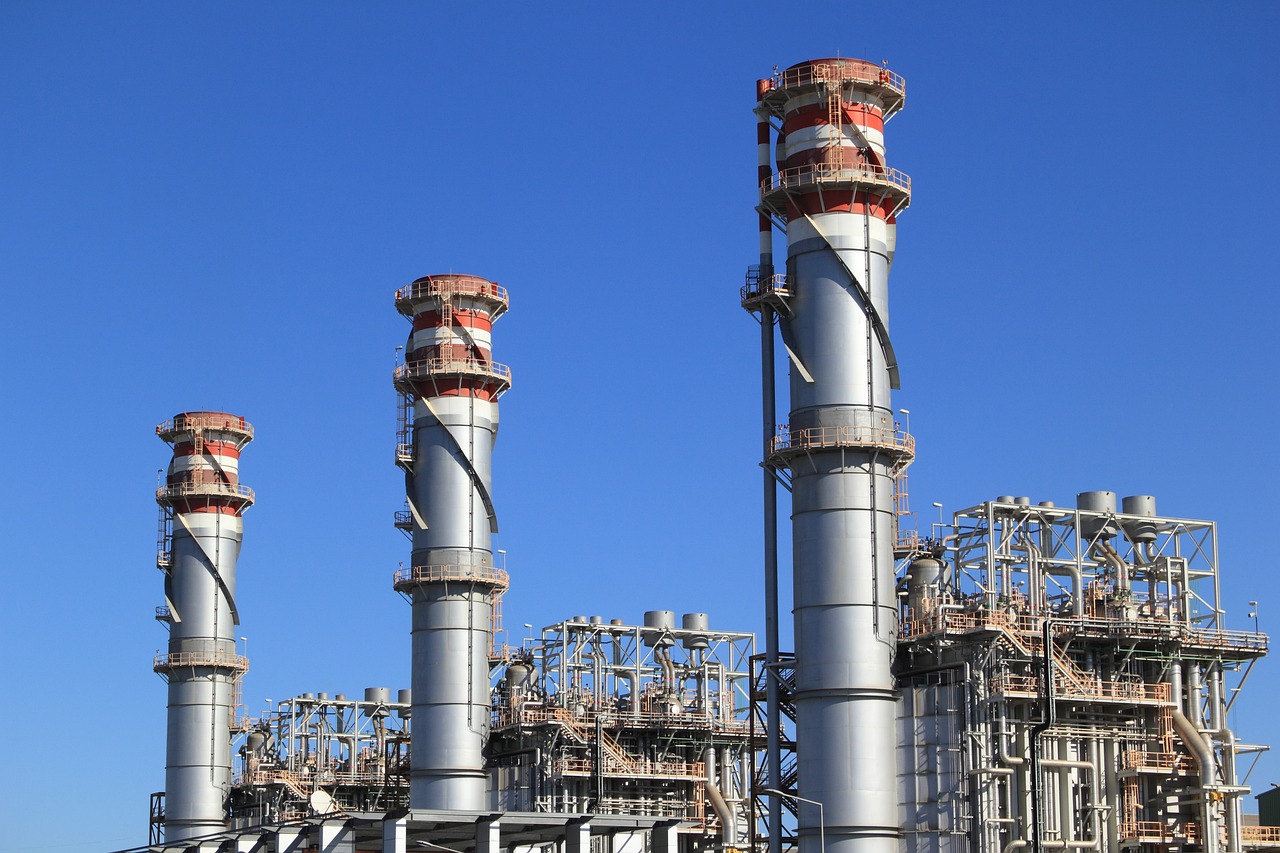Introduction
In the vast landscape of organic compounds, styrene stands out as a key player in the realm of polymers. With its distinctive sweet smell and versatile chemical properties, styrene serves as a fundamental building block in the production of various polymers, most notably polystyrene. In this article, we will explore the characteristics, uses, and industrial significance of styrene.
Styrene as a Monomer
Styrene is classified as a monomer, a molecule that has the ability to join together with others to form long chains or networks through a process known as polymerization. This characteristic makes styrene a crucial starting point for the creation of polymers with diverse applications.
Industrial Production of Styrene
Styrene is industrially produced through the dehydrogenation of ethylbenzene, a compound derived from the combination of benzene and ethylene. This process typically involves the use of catalysts at elevated temperatures, emphasizing the importance of precise conditions in the synthesis of this essential compound.
The Role of Styrene in Polymerization
One of the primary applications of styrene is its role as the precursor to polystyrene, a widely used plastic with numerous applications. Polystyrene is a versatile material employed in the manufacturing of packaging materials, disposable foam products, insulation materials, and more. The polymerization of styrene involves the linkage of numerous styrene molecules, creating a polymer with distinct properties suited for various industrial needs.
Versatility in Polymer Applications
Beyond its association with polystyrene, styrene contributes to the creation of other significant polymers. Styrene-butadiene rubber (SBR) and styrene-acrylonitrile (SAN) are two notable examples. SBR is utilized in the production of tires, while SAN finds applications in the creation of latex and various plastic products, adding to the versatility of styrene-derived polymers.
Health and Safety Considerations
While styrene plays a crucial role in industrial processes, it is essential to address health and safety concerns associated with its use. The vapor of styrene can be irritating to the eyes and respiratory system. Thus, adherence to safety guidelines, proper ventilation, and the use of protective equipment are vital in ensuring the well-being of workers involved in its handling.
Environmental Impact and Sustainability
The environmental impact of styrene and its polymers, particularly polystyrene, has been a topic of discussion. Concerns about the persistence of polystyrene in the environment have led to increased attention on recycling efforts and the exploration of alternative materials. Innovations in sustainable practices within the industry aim to minimize the environmental footprint associated with styrene-derived polymers.
Conclusion
In conclusion, styrene holds a significant position in the world of chemistry and industry. As a monomer, it serves as the foundation for the creation of polymers that touch various aspects of our daily lives. Polystyrene, SBR, and SAN are just a few examples of the diverse range of materials that owe their existence to the versatile properties of styrene. As industries evolve, so too will the role of styrene, with a growing emphasis on safety, sustainability, and innovation in the pursuit of creating materials that shape the future.














